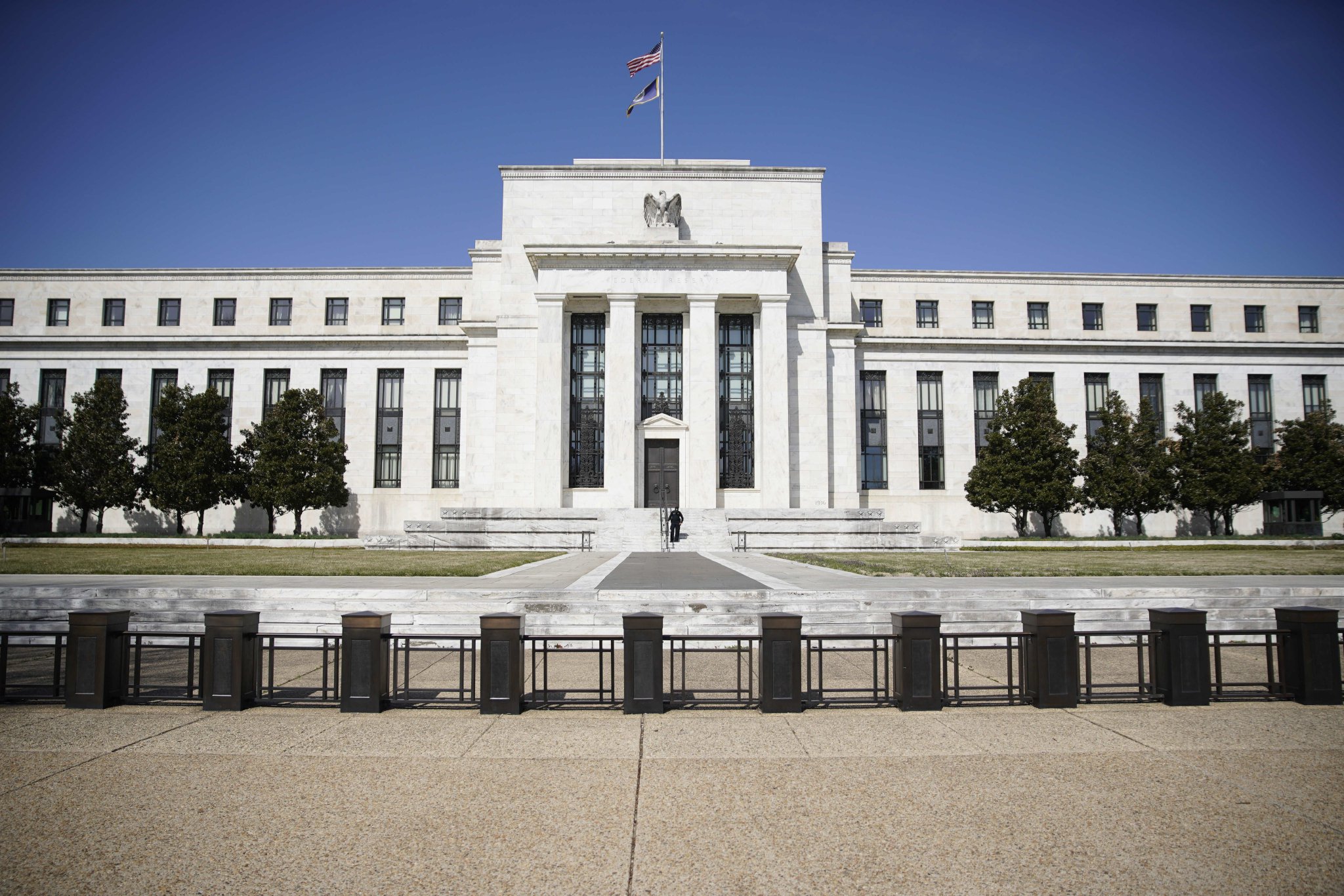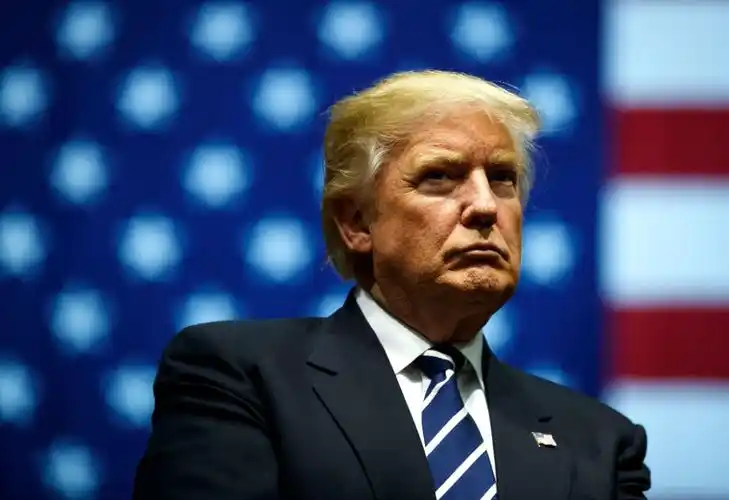Federal Reserve Chair Jerome Powell bluntly warned investors to lower expectations for a rate cut in December, highlighting the growing tug-of-war among US policymakers over the outlook for jobs and inflation.
Although Powell made it clear that the main concern of some people is the cooling of the job market, other officials within the Federal Reserve have warned that persistent inflation will limit the space for further easing. And the freeze on the release of official economic data during the current government shutdown will only exacerbate this divergence.
Before Powell made the above remarks, the Federal Open Market Committee voted 10 to 2 to lower the target range for the federal funds rate by 0.25 percentage points to 3.75% to 4%. This was the second consecutive rate cut, but the first time in six years that there were dissenting views – one official advocated for a larger rate cut, while another preferred to keep the rate unchanged.
In his opening remarks at the post-meeting press conference, the chair of the Federal Reserve delivered an unusually direct speech, emphasizing that the follow-up actions in December have not been finalized yet.
Powell said, “A further rate cut at the December meeting is far from certain. Far from it.” Later, in response to reporters’ questions, he added, “Now more and more people think that perhaps we should at least wait for one cycle” before taking the next step.
Investors clearly received this message: After his speech, US Treasury bond prices fell by the largest margin in nearly five months, pushing the yield on 10-year Treasury bonds back above 4%.
Futures markets linked to the Federal Reserve’s benchmark interest rate now suggest only a moderate chance that the Fed will cut rates again at its next policy meeting on December 9-10, rather than an almost certain rate cut.
Barclays economist Pooja Sreedharan said: “This is clearly something we did not expect. We did not anticipate such strong opposition. From the press conference, it was evident that they had a lot of discussions on the December plan.”
Fed officials decided to cut interest rates at their meeting in September, marking the first rate cut this year. This decision came after a notable slowdown in hiring raised concerns about the labor market. However, there were indications that some officials were cautious about the extent of the rate cut. The projections released after the meeting showed that nine of the 19 members of the Federal Open Market Committee (FOMC) expected no more than one rate cut this year, with seven of them favoring no further action until 2025.
Several companies, including Amazon, General Motors and Applied Materials, have announced layoff plans in recent weeks, but the overall scale of job cuts remains limited, as Powell emphasized on Wednesday, based on weekly unemployment insurance claims data submitted by each state.
Despite this, the Fed chair made his position clear in the employment-inflation debate. He downplayed concerns about price pressures and said the Fed could play a role in addressing the slowdown in hiring, even if part of the reason for the slowdown was the tightening of immigration policies by President Trump.
Powell said, “Some people think this is a supply issue and our existing policy tools have little impact on it. But others, like me, believe it’s a demand issue and we should use policy tools to support the labor market.”
If Powell’s cautious stance in December ultimately signals a pause in rate cuts, it will almost certainly heighten tensions with the White House, as Trump has been criticizing Powell for not cutting rates fast enough. His fierce attacks have already raised concerns about the future of the central bank’s independence.
Joe Brusuelas, chief economist at RSM US LLP, said he “expects dissent to become an almost permanent feature of future meetings” as new voters will rotate onto the Federal Open Market Committee (FOMC) in 2026 and Trump will appoint Powell’s successor, whose term as chair ends in May.
Brussels said, “Given the various signs we have seen from the White House, the huge pressure on the Federal Reserve to adjust its policies to meet the White House’s wishes, as well as the significant differences surrounding the risks of inflation prospects, there will be many differences in the policy direction.”


